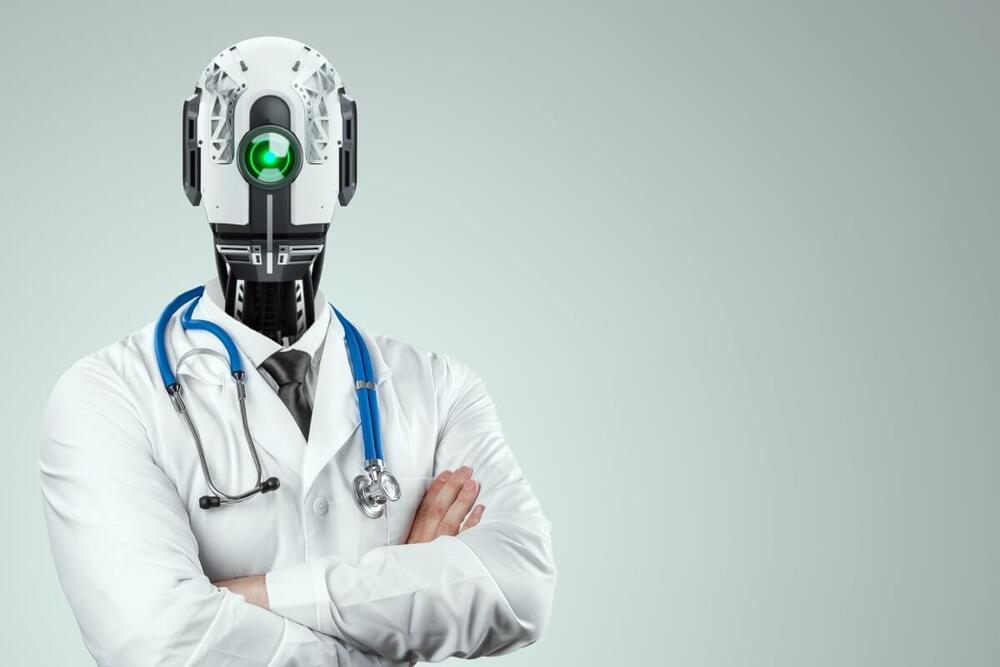MIT scientists train shape-shifting, slimy robots that can seamlessly squeeze through narrow spaces by contorting their bodies on command.


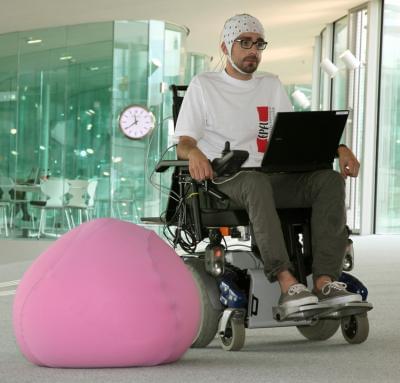
Researchers have tested a range of neuroprosthetic devices, from wheelchairs to robots to advanced limbs, that work with their users to intelligently perform tasks.
They work by decoding brain signals to determine the actions their users want to take, and then use advanced robotics to do the work of the spinal cord in orchestrating the movements. The use of shared control — new to neuroprostheses — “empowers users to perform complex tasks,” says José del R. Millán, who presented the new work at the Cognitive Neuroscience Society (CNS) conference in San Francisco today.
Millán, of the Swiss Federal Institute of Technology in Lausanne, Switzerland, began working on “brain-computer interfaces” (BCIs), designing devices that use people’s own brain activity to restore hand grasping and locomotion, or provide mobility via wheelchairs or telepresence robots, using people’s own brain activity.
The world is at a critical juncture where the choices we make regarding AI, education, healthcare, and decentralized systems will determine whether we move towards a future of chaos and despair or one of abundance and higher consciousness Questions to inspire discussion What is the potential future of AI? —The speaker.
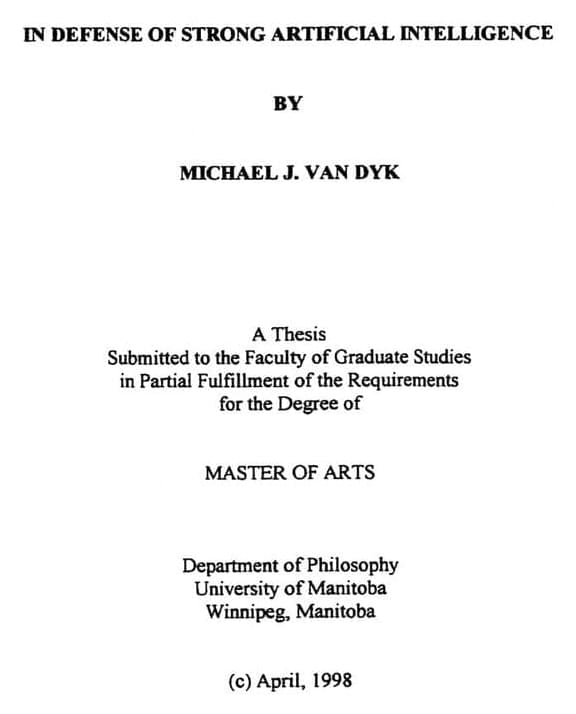
AiM’s MRI robot successful in trial:
A recent cadaver trial demonstrated the success of AiM’s MRI-guided robot in deep brain stimulation, marking a milestone in neurosurgery.
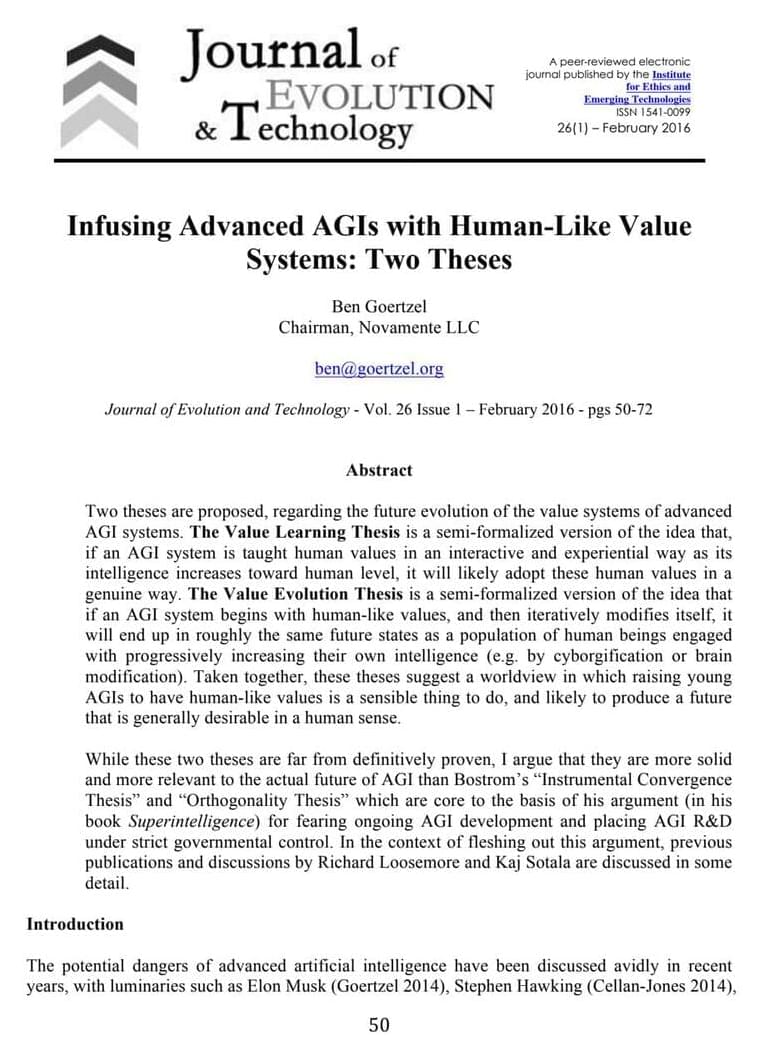
“These are things that are superhuman, and we think this will be in every industry, will probably replace 50% of human jobs, create a huge amount of wealth for mankind and wipe out poverty,” https://www.cnbc.com/2017/04/27/kai-fu-lee-robots-will-repla…jobs.html” rel=“noopener” class=””>Lee told CNBC at the time, later forecasting that it would happen in the next 10 years.
Fast forward seven years to the Fortune Innovation forum in Hong Kong this past March, when he sat down with Fortune editor-in-chief Alyson Shontell.
With the timeline of his prediction just three years away, she asked him if it still holds, and he replied, “It’s actually uncannily accurate. People have criticized me for being too aggressive in 2017, 2018, 2019, and I was a little nervous at the time. But when gen AI came out, I think everybody’s on the bandwagon and believing that is the correct pace.”
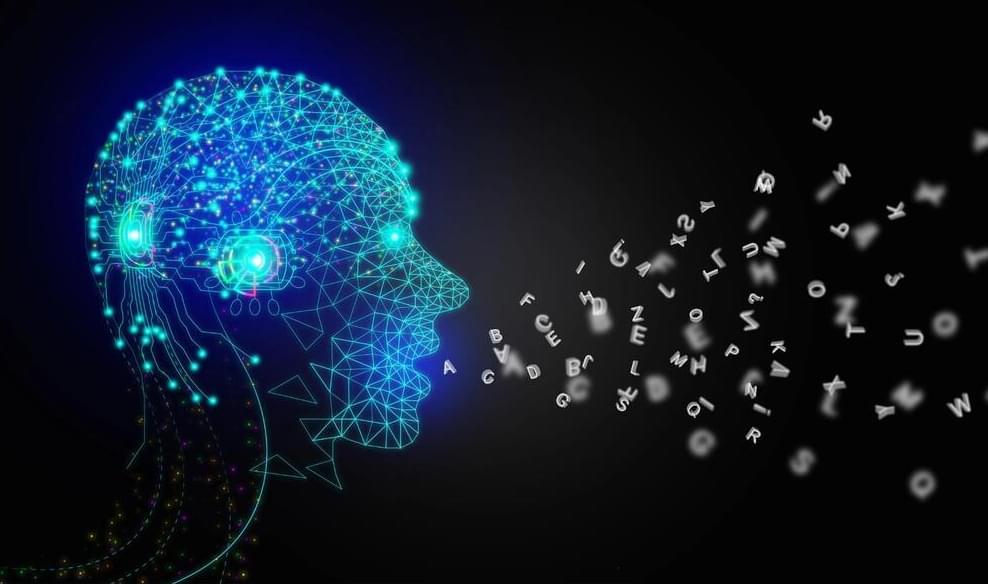
As the world’s population continues to grow and age, the healthcare system in different geographies is inching closer to the brink of collapse. According to the World Health Organization, the current number of health workers, including physicians, radiologists, and other professionals, is not sufficient to handle the rising caseload. On top of it, the increased stress and burnout stemming from the surge in cases is pushing many to exit the field, further reducing the number of practicing workers. Becker Health estimates show that nearly 72,000 American physicians left the workforce between 2021 and 2022, and some 30,000 who will join the workforce will not be enough to meet the growing demand.
At the core, both these challenges – the rising caseload and dwindling workforce – are leaving one major impact: diminished quality of patient care. This is where the much talked about generative AI can come in, saving healthcare staffers valuable time and resources and enabling them to focus on enhancing clinical outcomes.
First off, it’s important to understand AI is not new in healthcare. Organizations have been experimenting with predictive and computer vision algorithms for a while now, most notably to forecast the success of treatments and diagnose dangerous diseases earlier than humans. However, when it comes to generative AI, things are still pretty fresh, given the technology came to the forefront just a couple of years ago with the launch of ChatGPT. Gen AI models use neural networks to identify patterns and structures in existing data and generate new content such as text and images. They are applicable across sectors, including healthcare – where organizations cumulatively generate about 300 petabytes of data every single day.
